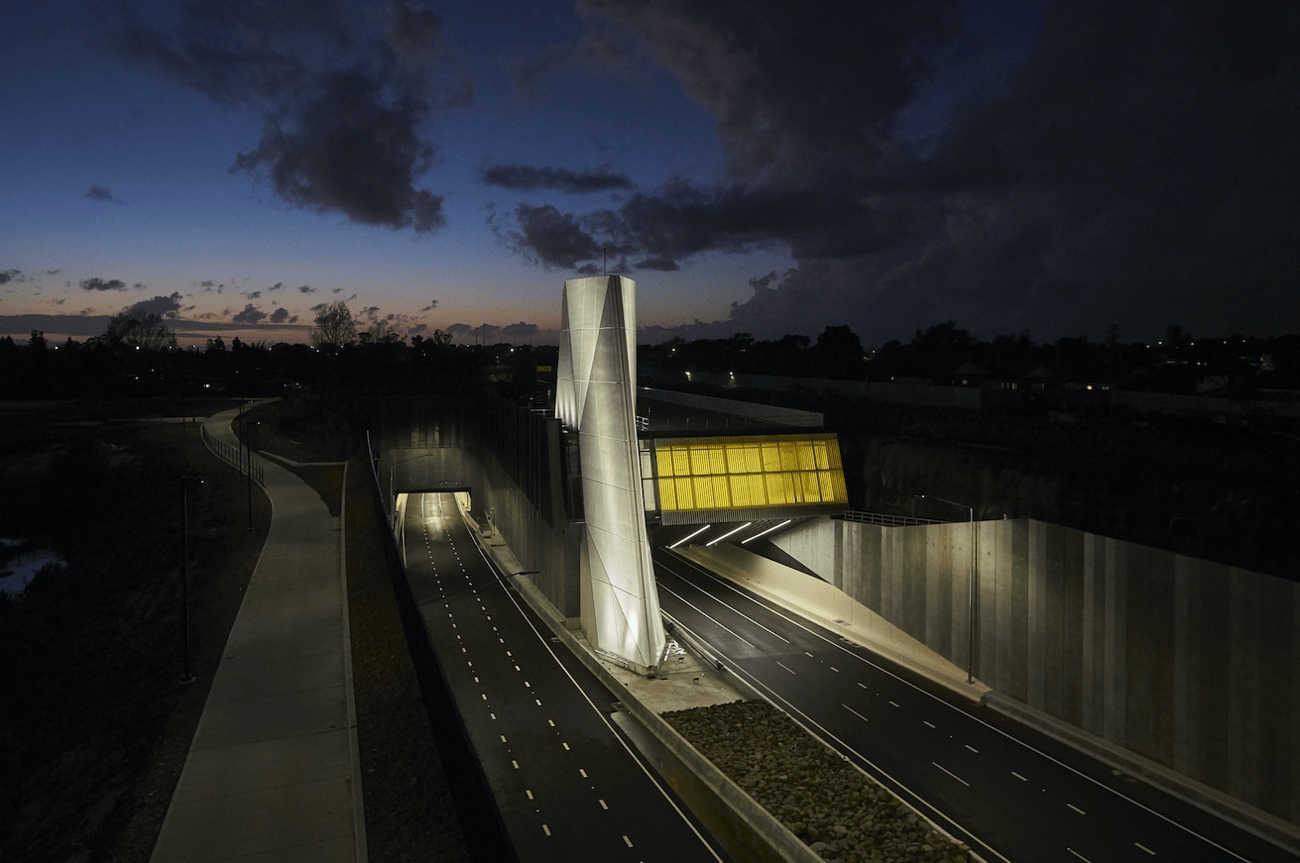Getting infrastructure right: how we drew the community into the Waterview Connection design

In a growing nation like New Zealand, cities face unprecedented economic, demographic, fiscal and environmental challenges that make it necessary to deliver a modern, efficient and reliable infrastructure.
Roads, airports and bridges are the essential building blocks of the economy that enable trade, power business, connect workers to their jobs and welcome visitors to a new environment.
When these mega-projects are complete, and have worked as intended, it’s almost impossible to imagine a city without them. Few could fathom an Auckland without the Harbour Bridge, or a trip to the airport without the Waterview Tunnel.
Infrastructure projects can be catalysts for huge change, but they also have the power to destroy communities by carving up long-standing neighbourhoods, displacing residents, expropriating land and uprooting people who never had any intention of leaving.
With this in mind, it’s absolutely crucial that the values and concerns of the local community are listened to, in order to achieve the best possible community and architectural outcomes. You can really judge a society or community, or even a nation on how humane its infrastructure is.
Following the Board of Inquiry process for Auckland’s Waterview Connection, a project of national significance that sought to open up the Western Ring and airport routes with two, 2.5 kilometre parallel tunnels and a bridge, the Waterview community echoed that sentiment.
Passing through some of Auckland’s most densely-populated neighbourhoods, there was no doubt that the Connection was needed – but as the largest infrastructure project undertaken in the country to date, local views were of paramount concern.

The project needed to deliver to Aucklanders without taking away from the community, and so our team began a process of engagement to discover geological ties, cultural connections and shared histories that could inform the above ground design-thinking.
The six-year process, which involved more than 10,000 people, focused on consultation with the ‘true experts’ – the local community, and unconventionally put people, not cars, at the project’s heart.
Through this process, we were able to combine our understanding of the project and built structures with the values and needs of the community.
The Waterview Connection sought to do what its name implied – preserve local connections. By applying values of preservation, enrichment and personality we were able to ensure the architectural components were of the quality the project and community deserved.
Preservation is not a concept you would usually associate with infrastructure. Infrastructure solves an engineering problem, whereas preservation, as applied in an architectural context, solves a community issue or local pressure point by considering the surrounding people, lifestyle and environment.
Enrichment goes beyond box-ticking to create an authentic response that considers the values and foundation upon which a community has been built. A built structure that enriches a place should be unobtrusive and coexist harmoniously alongside existing structures and landscapes.
_large.jpg)
Personality means that the outcomes need to be more than a pretty picture. They need to create an identity that gives a share sensed of who makes up a community, and where it’s going. Personality is shaped by the people, place, culture, heritage and ambition of the people that live there. It’s about what makes people belong, and needs to be weaved into the fabric of the project.
Bridging the communities of Mount Roskill and Mount Albert over the new highway, the Te Whitinga pedestrian bridge referenced the arcs of surrounding volcanoes over a wetland area lush with green public spaces and waterways. Finishing on dark volcanic basalt legs, the bridge’s form added to Waterview’s iconic, volcanic landscape in three sweeping curves.
Waterview Connection was originally an urban infrastructure project conceptualised to improve Auckland’s transport grid. By applying an architectural approach to community consultation, the Waterview Connection has created New Zealand’s most humane piece of legacy infrastructure to date.




